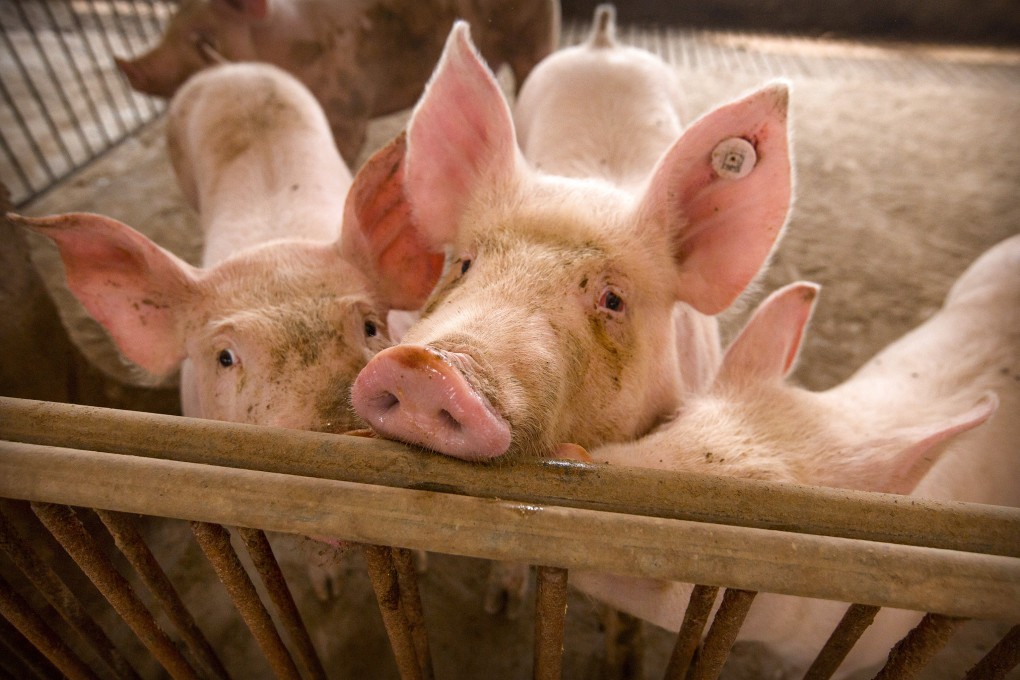Advertisement
Chinese scientists create gene-edited pigs with immunity to Aids-like virus
- Researchers say technique can be used to engineer hogs with other desirable qualities, such as leaner meat and suitability as organ donors for humans
- Their method can modify two traits in one generation, saving time and money during the breeding process
Reading Time:2 minutes
Why you can trust SCMP

Zhang Tongin Beijing
Researchers in China say they have created a group of gene-edited pigs that are immune to a porcine viral disease that causes Aids-like symptoms.
The technique could be applied to promote other desirable traits in the animals, such as leaner meat and suitability as organ donors for humans, according to the team led by Hua Jinlian at Northwest A&F University and Wei Hongjiang of Yunnan Agricultural University.
The process combines gene editing and embryo engineering and provides a safe and effective strategy for genetic modification in domesticated animals, they wrote in the peer-reviewed journal Zoological Research earlier this month.
Blue ear disease is caused by the porcine reproductive and respiratory syndrome virus (PRRSV). The disease can suppress the immune system and cause organ damage, leading to reproductive disorders in sows, high mortality among piglets and respiratory diseases in adult pigs.
Advertisement
The disease is widespread and considered one of the most expensive diseases affecting pig farming. According to some estimates, about 75 per cent of herds in the US and 80 per cent in China carry the virus. Once infected, pigs have the virus for life.
Hua and Wei found a new way to prevent infection at the root. Their team found the gene fragment that binds with the virus. Then they used an enzyme to cut out the corresponding spot in the DNA of pig embryos, resulting in piglets with immunity to the virus.
But finding the right gene fragment to target was no easy task, and the team first started working on the problem in 2015, according to Hua. The scientists have been researching embryo engineering since the 1980s.
Advertisement
Advertisement
Select Voice
Choose your listening speed
Get through articles 2x faster
1.25x
250 WPM
Slow
Average
Fast
1.25x
